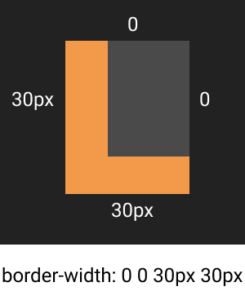 A few days ago, Andrea James of the Seattle Post-Intelligencer’s Amazon blog confirmed rumors that Amazon will be targeting college students with its next version of the Kindle eBook reader. Getting into the college market makes heaps of sense for Amazon — the college textbook market is estimated at $5.5 billion — and it makes sense for students too.
A few days ago, Andrea James of the Seattle Post-Intelligencer’s Amazon blog confirmed rumors that Amazon will be targeting college students with its next version of the Kindle eBook reader. Getting into the college market makes heaps of sense for Amazon — the college textbook market is estimated at $5.5 billion — and it makes sense for students too.
Students spend an average of $702 per year on required course materials each year, according to the National Association of College Stores (PDF). You can bet that most of that is probably spent on textbooks, which run $53 each on average (new, and $48 each used). The College Board recommends that students budget up to $1,229 for books and supplies depending on the institution they attend. And it’s getting worse: the price of textbooks in the US is rising at twice the rate of inflation.
A $359 one-time cost for a device that could be used all four (or more) years of university would solve the cost issues if eBook prices could be kept down — especially if any of those costs could be subsidized by the university. Many textbook publishers are already putting out digital copies of their books. McGraw-Hill publishes nearly 95% of its textbooks digitally in addition to print versions, for example. So there is already a willingness among publishers to try digital distribution.
But there are still problems.
According to a new study by a handful of Student Public Interest Research Groups (PIRGs), digital textbooks right now are heading down the wrong path for students. Most startlingly, the study found that digital textbooks right now actually cost more than their print counterparts, which completely erases perhaps the biggest potential benefit of electronic textbook distribution (aside from obvious environmental impacts). The Student PIRGs found that digital textbooks “cost on average 39% more than a used hard copy of the same title bought and sold back online.”
The study also found that digital textbooks are difficult to print. It may seem counter intuitive to print a digital textbook, but it is necessary for some students. Further, taking notes on a digital textbook is difficult. The Kindle supports typed text notes, but they’re not nearly as intuitive and easy to use as a highlighter, sticky notes, or scribbling in the margins of a printed book. Because everyone has different study habits, typing notes on the Kindle won’t work for every student.
Finally, the report found that many students were wary of digital textbooks that could only be viewed on a computer screen. That Kindle would actually solve that problem, but the study found that 75% of textbooks surveyed expired after 180 days, which the Student PIRGs say is unacceptable. Once purchased, students should be able to keep and read digital textbooks indefinitely.
The report lays out three requirements for digital textbooks that would make them work for students: lower prices, better printing options, and accessibility. It is certainly possible for Amazon and textbook publishers to meet these criteria and successfully create digital textbooks that students would find more useful than print books. If Amazon seriously wants a piece of that $5.5 million billion market they might be wise to pay attention to what the students are saying.
 Josh Catone
Josh CatoneBefore joining Jilt, Josh Catone was the Executive Director of Editorial Projects at Mashable, the Lead Writer at ReadWriteWeb, Lead Blogger at SitePoint, and the Community Evangelist at DandyID. On the side, Josh enjoys managing his blog The Fluffington Post.





